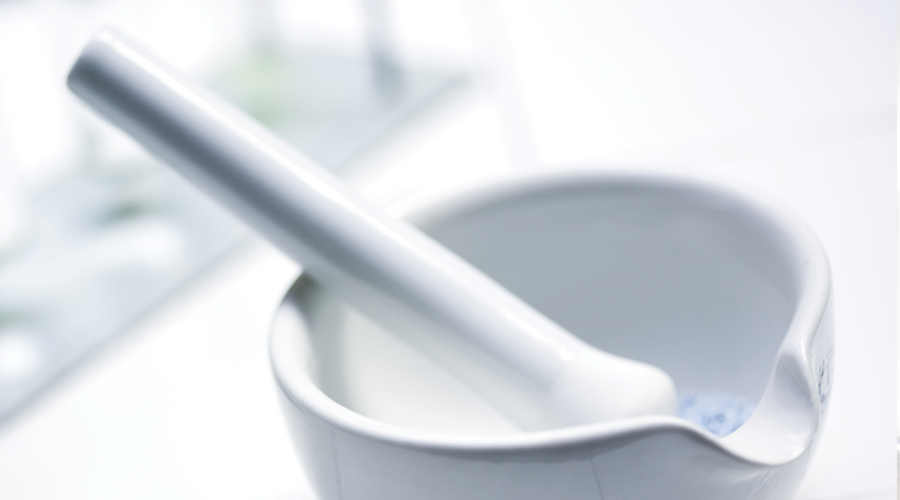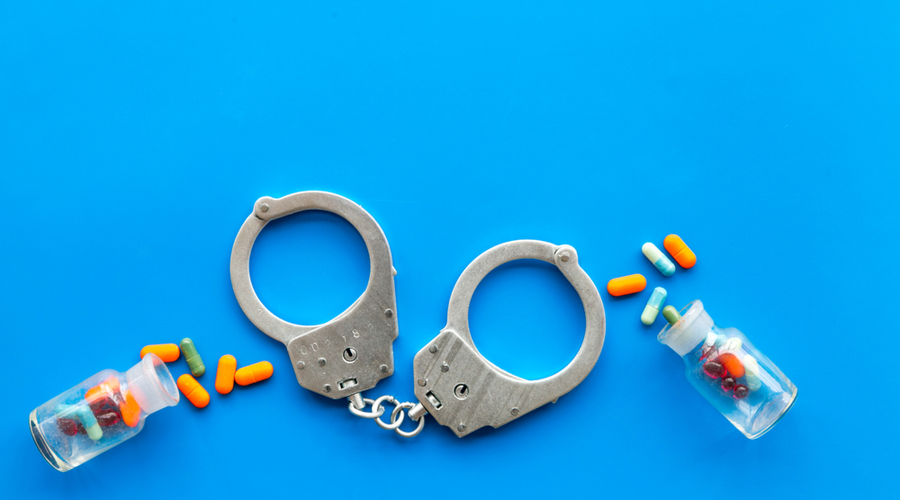Inside: Nearly half of consumers aren’t active in rewards programs. Learn how to keep patients engaged and happily saving with your program.
Virtually every major retailer offers a rewards program. If your independent pharmacy lacks a program, you’re lagging behind the competition. But it’s not too late to catch up.
A rewards program uniquely offers several business advantages:
- Fosters loyalty. Your business thrives because of repeat visits, not one-off purchases. Rewards give patients an incentive to keep all their purchases at your pharmacy to maximize their rewards. And loyalty not only keeps patients’ money at your pharmacy, it also gets more money from those patients. The probability of selling to an existing customer is dramatically higher than selling to a new prospect.
- Increases sales to current patients. A rewards program offers you a special avenue for marketing your products and services with incentives, as well as significantly increasing your target marketing. It also encourages more purchases by rewarding volume. Fifty-four percent of consumers say they would consider doing more business with a company for loyalty rewards.
- Attracts new patients. According to Virtual Incentives, 75 percent of consumers say they favor companies that offer rewards. Plus, patients satisfied with your pharmacy’s rewards program are likely to tell their friends and family about your pharmacy.
But enrolling patients in a rewards program is only the first step. On average, people are enrolled in nearly 30 rewards programs but active in less than half of them.
How can you keep patients active in your program? And how do you make sure you’re getting the most from those enrolled?
Learn how to reap the greatest rewards for your pharmacy business by maximizing your patients’ engagement with your rewards program.
Four Reasons Patients Are Abandoning Your Rewards Program
Nearly half of consumers have stopped participating in at least one loyalty program this year. A few (7 percent) are formally opting out, but most are passively quitting. Knowing why people stop using rewards programs can help you avoid becoming part of that statistic.
1. Takes too long to reap rewards
Remember the gargantuan stuffed animals at your favorite arcade that cost 10,000 tickets? They sat unclaimed behind the counter for months or even years because it takes forever for the average kid to earn that many tickets. Don’t make your rewards program feel like a never-ending quest. The top reason consumers leave loyalty programs is that it takes too long to receive any benefit.
2. Excessive communications
Fifty-five percent of consumers say inbox overload leads them to ignore marketing emails. That’s why it’s important to choose quality over quantity. Experts recommend sending promotional emails about every two weeks. If you notice an uptick in unsubscribes, take that as a sign to tone it down.
3. Don’t understand the program
A recent study by the Edgell Knowledge Network found that 81 percent of loyalty rewards program members don’t know how and when they will receive rewards. Be clear from the get-go about the value your rewards program brings and how customers can cash in their points.
4. Change in mechanics
If the fundamental mechanics of a program change, users are forced to choose between re-learning how to earn points or abandoning the program altogether. Since abandoning the program is the easier option, you’re better off making sure patients never have to choose. Once you’ve set up a rewards program, avoid big changes to the platform, terminology, and mechanism you’ve set in place.
Five Ways to Keep Your Patients Active in Your Rewards Program
You’ve set up a rewards program and enrolled as many patients as possible. Now what? It’s time to launch an engagement program to nurture that relationship and keep them coming back.
Integrate with your email marketing program
Rewards programs and email marketing go together naturally. The rewards program does the work of gathering email addresses and gives you a good reason to contact your patients. The email does the work of keeping your pharmacy top of mind. Here are some basic strategies.
1. Send monthly statement emails
Let patients know where they stand each month with a points statement. The idea here is to remind them of your loyalty rewards program and reinforce the value it brings to each member.
2. Email when they reach various thresholds
A little bit of gamification goes a long way. People like the feeling of “leveling up,” so set some goals for them. Send a nice thank-you message when they reach 250 points, 500 points, and 1,000 points, for example. Throw in a bonus reward once they reach those thresholds, such as a front-end coupon or some extra points.
Ramp up your redemption rate
One of the best ways to evaluate the success of a loyalty rewards program is a metric called average loyalty redemption rate. This measures how often patients are cashing in the loyalty points they’ve earned. A healthy program will have a redemption rate around 20 percent.
Here are some strategies to raise your redemption rate.
3. Bonus offers
Starbucks has double star days. Chipotle will sometimes throw in 500 extra points if you order three times in the same month. Walgreens and CVS offer extra points for buying specific items.
Take a page from these big-name playbooks by offering occasional bonus points. Coordinate these with your slow times or when you have a lot of front-end inventory to move. This can draw in patients when they wouldn’t otherwise come to your store.
4. Lifetime cumulative savings
Keep patients for the long haul by reminding them how much you’ve saved them over the life of the account. Include these on paper receipts as well as in statement emails.
5. Tiers with different perks
Some patients spend a lot of money at the pharmacy. Encourage them to spend it with you (not your competition) and reward their loyalty with VIP status or special tiers for bigger spenders.
Ideas for upper-tier member benefits:
- A higher rate of point accumulation
- An annual gift
- Free delivery, medication flavoring, or other premium service
Keep patients engaged in your rewards program to keep them loyal to your pharmacy.
Want more pharmacy business tips and advice? Sign up for our e-newsletter.












